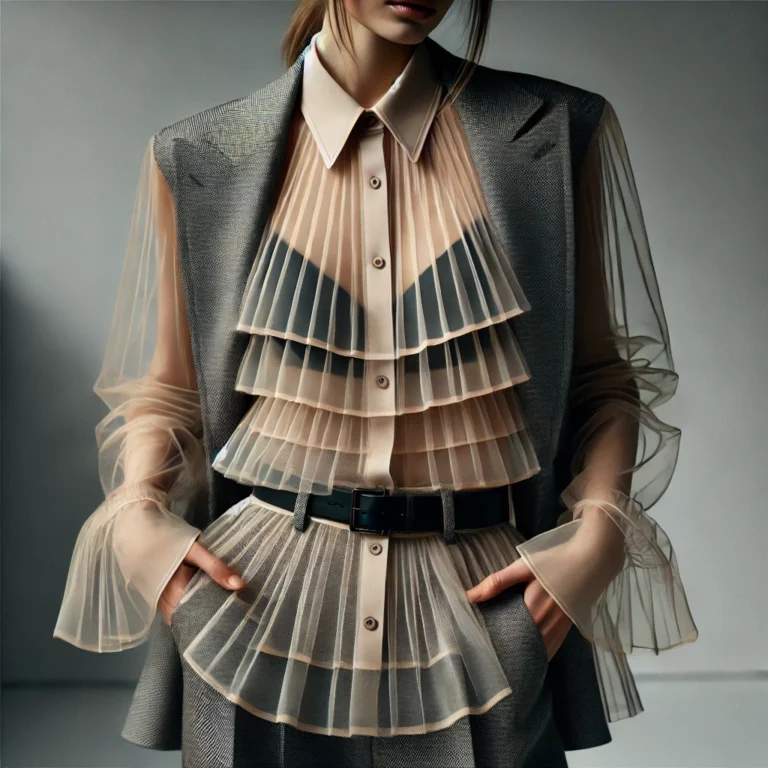Mary Quant is a name synonymous with the fashion revolution that took place in London’s Swinging Sixties. Born in London in 1934, Quant started her career in fashion as a milliner before moving on to designing clothes that would become a symbol of the era. Her designs were bold, playful and liberating, capturing the youthful and optimistic spirit of the time.
Quant’s early designs were heavily influenced by the Mod subculture, which emerged in the late 1950s and early 1960s. The Mods were young people who were obsessed with fashion, music and dancing, and Quant was one of them. She created clothes that were tailored, short and colorful, with a strong emphasis on geometric shapes and patterns.
Quant’s designs were a hit with the young, fashion-conscious crowd in London, and soon she was designing clothes for her own boutique, Bazaar, which she opened in 1955. The boutique quickly became a hub for the young and stylish, and Quant’s designs were in high demand. Her signature pieces included the mini skirt, hot pants, and the shift dress.
The mini skirt was perhaps Quant’s most iconic design. In the early 1960s, skirts were typically knee-length or longer, but Quant wanted something that would allow women to move freely and dance without worrying about their hemlines. She created the mini skirt, a short skirt that ended well above the knee, and it became an instant sensation. The mini skirt symbolized the freedom and liberation of the Swinging Sixties, and it became a staple in every young woman’s wardrobe.
Quant’s designs were not only fashionable but also affordable, making them accessible to a wider audience. She used new and innovative fabrics such as PVC and jersey, which were easy to care for and could be worn all day. Her clothes were also designed for the everyday woman, with practical details such as pockets and zippers.
Quant’s success in the fashion industry was not limited to her designs alone. She was also a savvy businesswoman who understood the power of marketing and branding. She collaborated with major retailers and manufacturers to create mass-produced versions of her designs, and her clothes were sold in department stores across the country. She also launched her own line of cosmetics and fragrances, which became best-sellers.
Quant’s influence on fashion and popular culture cannot be overstated. Her designs were a reflection of the social and cultural changes taking place in London in the 1960s, and they helped to shape the fashion industry as we know it today. Her legacy lives on, and her designs continue to inspire new generations of fashion designers.
In conclusion, Mary Quant was a trailblazer who captured the spirit of London’s Swinging Sixties with her cutting-edge designs. Her legacy is one of innovation, creativity, and empowerment, and she will forever be remembered as a pioneer of modern fashion.











